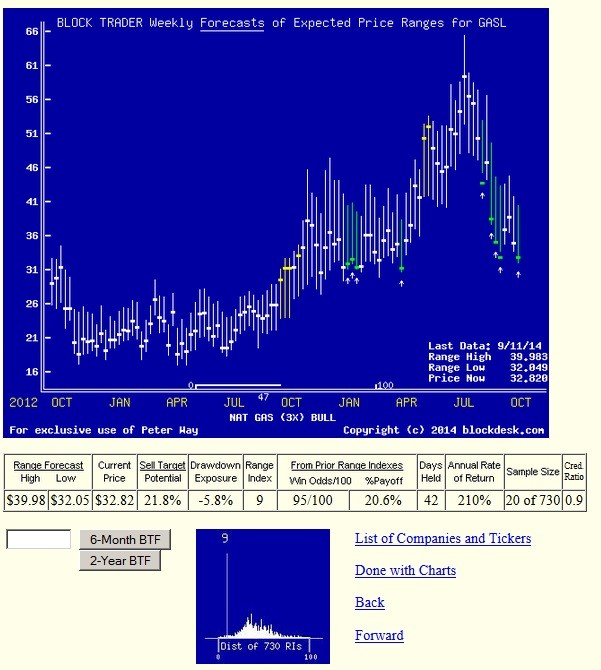THE EVOLUTION OF ETF INVESTMENTS Daily Record
Post on: 4 Июль, 2015 No Comment

WEALTH MANAGEMENT: LESLEY CAMPBELL
Exchange traded funds (ETFs) were touted as a very simple way to gain exposure to share price movements and, in their infancy, they did just that. But the evolution of these instruments has taken them into another league and exposed some investors, often without their knowledge, to a new set of risks.
In their earliest and simplest form, ETFs were simply boxes that contained shares; as the value of the shares rose, so did the value of the fund.
One of the early attractions of ETFs was that they allowed easy access to asset classes that had until then been difficult or restricted — getting exposure to the gold price had been unsatisfactory for many investors until ETFs came along and bought the shares of companies whose profits rose in line with the gold price. But this simple structure was quickly left behind as the concept of ETFs was further developed, refined and, many argue, compromised.
The initial drive to make ETFs more sophisticated came from the legitimate desire to eliminate the socalled ‘tracking error’ — the difference between the value of the ETF and the index or basket of shares it was trying to replicate. There are a number of reasons for tracking errors — the basket has to change as new companies enter the FTSE 100, for example, or dividends are announced.
To deal with the discrepancies between the two, swap-based ETFs were introduced. Their aim was the same, but the process was very different. In the case of a FTSE 100 ETF, managers entered into an agreement with a counterparty to receive payments in line with the index’s movements.
The swap-based ETF still owns shares, but not necessarily in the index it is tracking — it receives a payment from the counterparty if the value of this substitute basket drops below that of the index. If the value of the shares in the substitute basket rises above the index, the ETF manager pays the counterparty. In this way, the swap-based ETF’s performance closely mirrors that of the index and the selection of shares in the substitute basket is almost irrelevant.
Within this sub-category of ETFs there is another important distinction. Some counterparties simply hand over the cash when required in what is known as an unfunded swap. With others, the counterparty receives the investors’ money and is required to offer security or collateral to the fund. Buyers of swap-based ETFs should be aware of the considerable counterparty risk inherent in their structure.
The key questions for an eTF investor are: does the eTF own the shares, or is it reliant on a counterparty to provide the returns; does the fund comply with UcITS regulation; is it funded or unfunded; is it leveraged or unleveraged? All structures have potential benefits as well as potential drawbacks but, as with any investment, if the client is being asked to assume risk in any form the reward should be pitched at an appropriate level.














